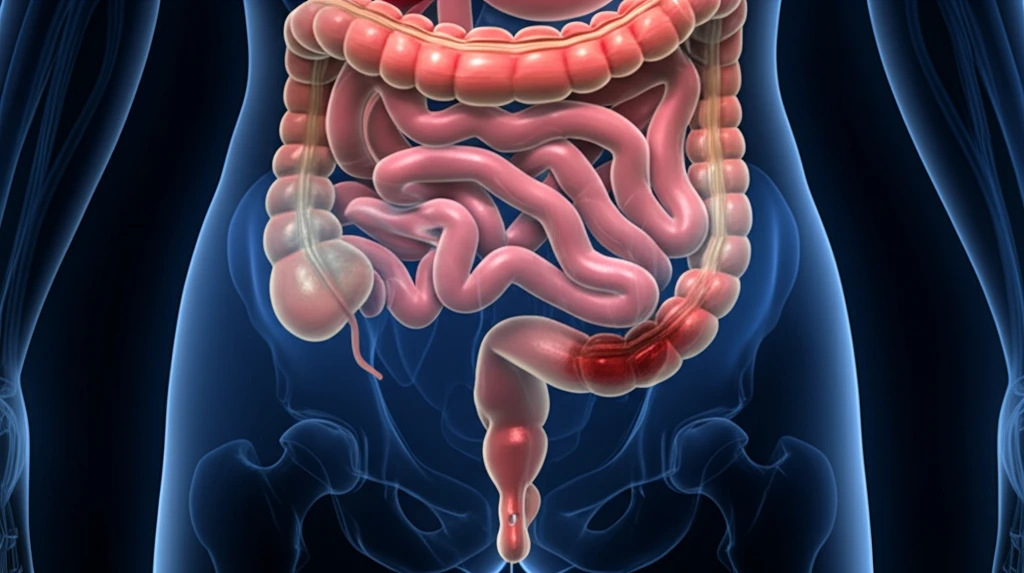
Unmasking Endometriosis: Your Guide to Understanding, Diagnosing, and Managing Intestinal Involvement
"Navigate the complexities of intestinal endometriosis, from identifying symptoms and diagnosis techniques to exploring treatment options and improving your quality of life."
Endometriosis, characterized by the presence of endometrial tissue outside the uterus, predominantly affects women of reproductive age, typically between 20 and 45 years old. This condition occurs in up to 15% of fertile women and as high as 30% of infertile women, making it a significant concern for women's health. While endometriosis commonly involves the pelvic organs, it can also affect the gastrointestinal tract, leading to a range of symptoms and diagnostic challenges.
In many instances, endometrial implants on the bowel serosa remain asymptomatic, posing difficulties in early detection. However, when deep infiltrating implants are present, women may experience a constellation of symptoms, including abdominal pain, dysmenorrhea (painful menstruation), dyspareunia (painful intercourse), low backache, and localized tenderness. These symptoms can significantly impact a woman's quality of life, making accurate diagnosis and effective management crucial.
Diagnostic imaging plays a vital role in identifying intestinal endometriosis. Sonography, for example, can reveal hypoechoic thickening or nodules/masses with irregular contours, as well as cystic lesions with anechoic fluid content and hyperechoic blood deposits. These abnormalities often deform the profiles of the bowel and, in rare cases, can lead to complications such as invagination and volvulus. This article serves as a comprehensive guide to understanding, diagnosing, and managing intestinal endometriosis.
Decoding Intestinal Endometriosis: Etiology, Symptoms, and Diagnosis

The exact cause of endometriosis remains a topic of ongoing research, but several theories have been proposed to explain the ectopic location of endometrial tissue. The most widely accepted explanation is the retrograde passage of endometrial tissue through the fallopian tubes during menstruation, leading to implantation on pelvic organs and the peritoneum. From these sites, the tissue can spread to more distant locations via hematogenous or lymphatic dissemination, or even during surgical interventions. Another hypothesis suggests endometrial metaplasia, a process involving the transformation of multipotential peritoneal mesothelial cells into endometrial tissue.
- Cyclic Pelvic Pain (Dysmenorrhea): Many women experience severe pain during menstruation.
- Painful Intercourse (Dyspareunia): Deep pain during or after sexual activity is a common symptom.
- Non-Menstrual Pelvic Pain: Chronic pelvic pain that is not necessarily tied to the menstrual cycle.
- Gastrointestinal Symptoms: These include bloating, constipation, diarrhea, and nausea, which can worsen during menstruation.
Empowering Women Through Knowledge and Proactive Management
Intestinal endometriosis presents a complex challenge, but with increased awareness, early diagnosis, and tailored management strategies, women can effectively navigate this condition and improve their quality of life. By understanding the etiology, recognizing the symptoms, and utilizing advanced diagnostic techniques, healthcare professionals can provide timely and appropriate care. It's important for women experiencing symptoms suggestive of endometriosis to seek medical attention and engage in open communication with their healthcare providers. Together, they can develop a personalized treatment plan that addresses their specific needs and empowers them to live full and active lives.
